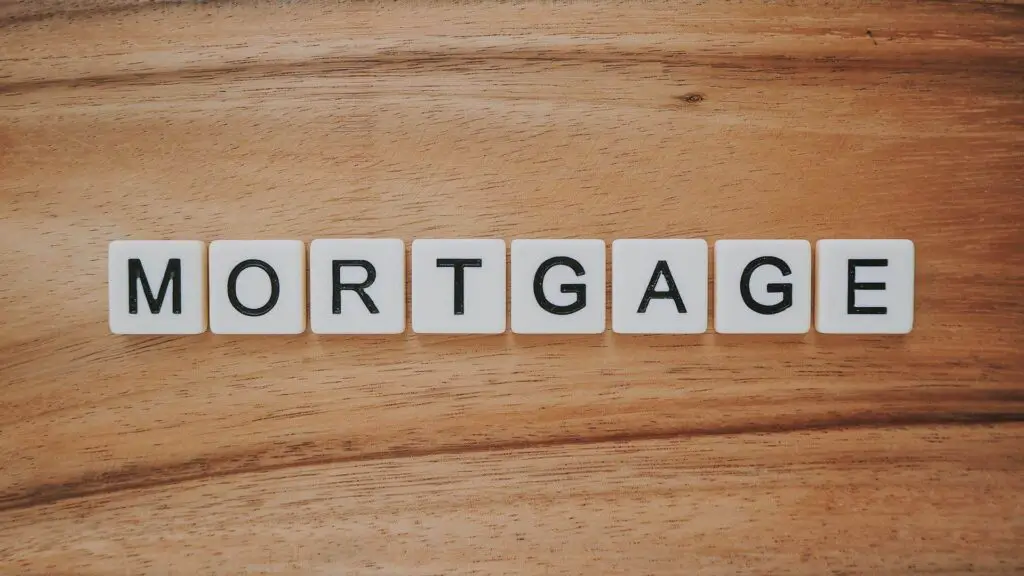Physical Address
304 North Cardinal St.
Dorchester Center, MA 02124
Physical Address
304 North Cardinal St.
Dorchester Center, MA 02124
One of the best-known insurance policies new homeowners have to pay is mortgage insurance premium (MIP). So, how is mortgage insurance premium paid, and what does it represent?
Mortgage insurance premium is paid at closing and annually for as long as you are making mortgage payments. The first mortgage insurance premium can be paid directly out of pocket or rolled into mortgages.

A mortgage insurance premium is a policy paid when taking out FHA loans to buy a home – those who are backed by the Federal Housing Administration. Considering that these loans can have a down payment as low as 3.5% and a credit score as low as 580, MIP is one of the best tools for protecting an FHA-backed lender – which is quite reasonable when keeping the conditions of these mortgages in mind.
There are five main types of private mortgage insurances (PMIs) that borrowers can pay for. It’s crucial to understand that PMI benefits a lender that takes on higher-risk clients who put lower down payments. Here are policies designed to compensate for that and best prevent a lender from losing large sums if the client can’t pay off the loan:
After getting Federal Housing Administration loans, there are annual premiums that can be anywhere from 0.45% to 1.05% of the loan amount. This depends on a few factors – how much your loan was, how much was the down payment, and what are your credit rates (which also depends on your credit score). The exception to this rule is when you’re doing an FHA Streamline Refinance on a loan endorsed prior to June 1, 2009 – the rates are different in this case. The money for MIP is given to the lender in monthly payments.
If it were conventional loans we’re talking about, getting rid of these payments would be way easier and faster. However, it’s not so simple to remove the payment when it comes to FHA-backed mortgages. The amount of time when a borrower will have to give the lender MIP depends on the down payment and also when the loans were taken. Usually, MIP is given for 11 years or the entire life of a loan.
At closing, you will have a payment for an upfront MIP (UFMIP,) which is 1.75% of your loan amount. That is the only money for MIP that has to be paid upfront, and after that, monthly installments await you until the MIP is removed. If you are doing an FHA Streamline Refinance, your UFMIP is slightly different – it’s only 0.01%. Also, the annual MIP will be only 0.55%.
Unfortunately, as this was a tool designed to help lenders, you will have to keep paying for MIP until you are deemed a non-risky client for lenders. As I’ve previously stated, this depends on how large of a deposit you’ve put down when you bought your home.
| ORIGINAL DEPOSIT | THE DURATION OF MIP |
| Less than 10% | The entire life of mortgages |
| More than 10% | 11 years |
In cases when borrowers refinance into better, conventional loans (which is the best solution if possible – that is, if they have enough equity to do so), UFMIP can be refunded. The fee will be refundable if you switch to FHA Streamline Refinance or FHA Cash-out Refinance within three years of opening your loan.
When taking on clients with bad credit history and low credit scores, lenders also take on a higher risk than with clients who have the best credit reports. To compensate for that, borrowers are obligated to give money to lenders for MIP. All those monthly installments are here to ensure that lenders don’t lose significant amounts of money in case clients can’t continue to return mortgages with previously determined rates because of sudden changes in their financial situation.

Policy for your home can be included in a monthly installment, or it can be paid separately. However, it’s easier to keep track of fewer bills, so setting a separate account built into your mortgage – an escrow – that will be used for paying homeowners insurance is probably the best and most convenient idea. This is beneficial for both you and those who lent you money – you don’t have to worry about this on a monthly basis, and they don’t have to worry about you not fulfilling all your financial obligations.

There are a few differences between MIP and PMI, the main one being that mortgage insurance premium is required for FHA-backed mortgages, and private mortgage insurance is used for conventional mortgages. Also, with private mortgage insurance, there is no upfront fee, and it is easier to get it removed than a mortgage insurance premium. All you have to do to get it canceled is build enough equity in your home.